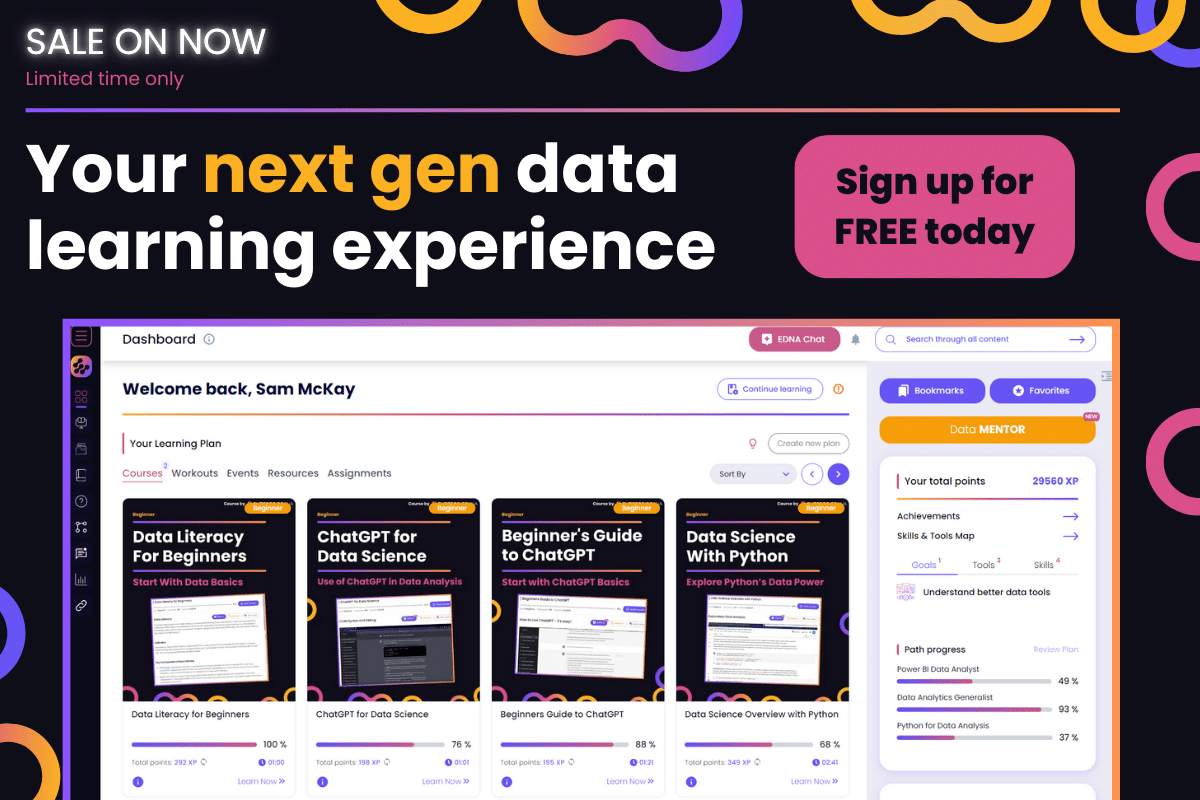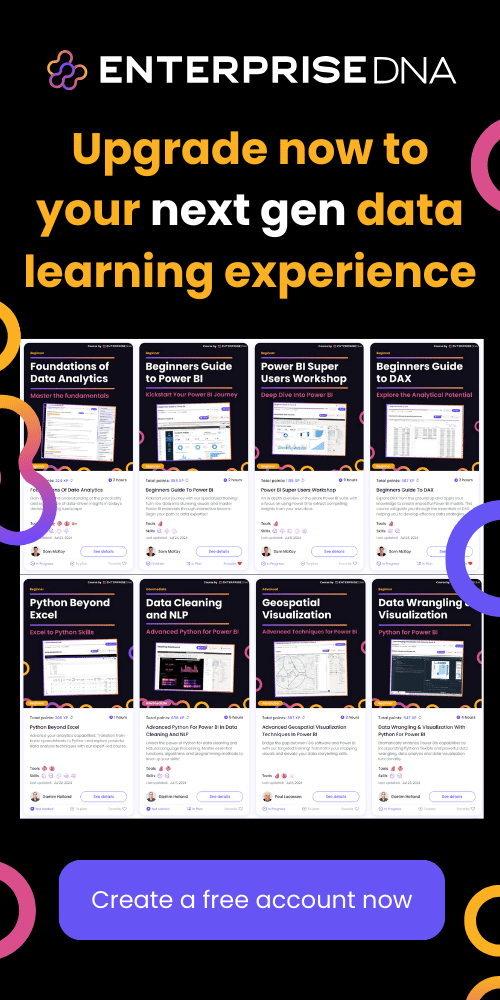In this quick Power BI query editor tutorial, you’ll learn how to organize your queries to create intuitive models. You may watch the full video of this tutorial at the bottom of this blog.
It’s important that your models are as intuitive as possible. Not only will this make it easier for you to work on your models, it will also make it easier for other people to jump in and work with your models in the future.

Grouping Similar Queries
As I work on my models, the left pane of the query editor gets busier as I add more data. This sometimes gets very confusing and causes some potential delays in my work.

To start off, I usually look at my queries and choose which ones go together. I can select multiple queries or tables by holding the Shift key. I could also hold down the Ctrl button and select the queries one by one.

The ones I’ve selected here are my key tables that go into my main model.
Once I’ve chosen the ones I’m putting together in the same group, I’m going to do a right-click and choose Move To Group. Then, I’m going to create a New Group.

I’m going to call this Data Model because these are the ones that are going to go into the data model.

As you can see, those tables are now in a folder.

I’m going to continue organizing my queries here by clicking on Dates Query next. Although this is only one query, I’m going to place it in a new group called Parameter Query. If I add other similar queries in the future, at least I have an existing group where I can add them to.

Notice that the ones remaining have been placed into a folder called Other Queries by default.
For the sake of consistency, I’m going to put these into a group as well, which I’m going to call Supporting Queries.

The Importance of Organizing Queries
When my queries are organized, it’s easier to reference the things that I need as I work on my report because everything is in its proper place. It’s easy enough to isolate the key tables and queries that I need for my model.
As you may have noticed, I also named these groups in a really intuitive way. This means that I can take one look at them and know exactly where to find the queries I need.
It also makes it easier for me to collaborate with others in the future. Anyone can just come in here later on and quickly understand where the queries are.
***** Related Links *****
My Practice Tips When Using The Power BI Advanced Editor
Unpivot And Pivot Basics In Power BI – Query Editor Review
Build A Comprehensive Date Table In Power BI Really Fast
Conclusion
It doesn’t require a lot of time and effort to organize your queries like this, but it can have a huge impact on how seamless it would be for me and for others to work on models using these queries. I hope this Power BI query editor tutorial helped you become more efficient as you work with the tool and its features.
This is just one of the ways to really optimize your data. Once you’ve mastered these steps and have added them to your work routine, it’s easier to work around the different Power BI features and techniques.
All the best,
Sam







